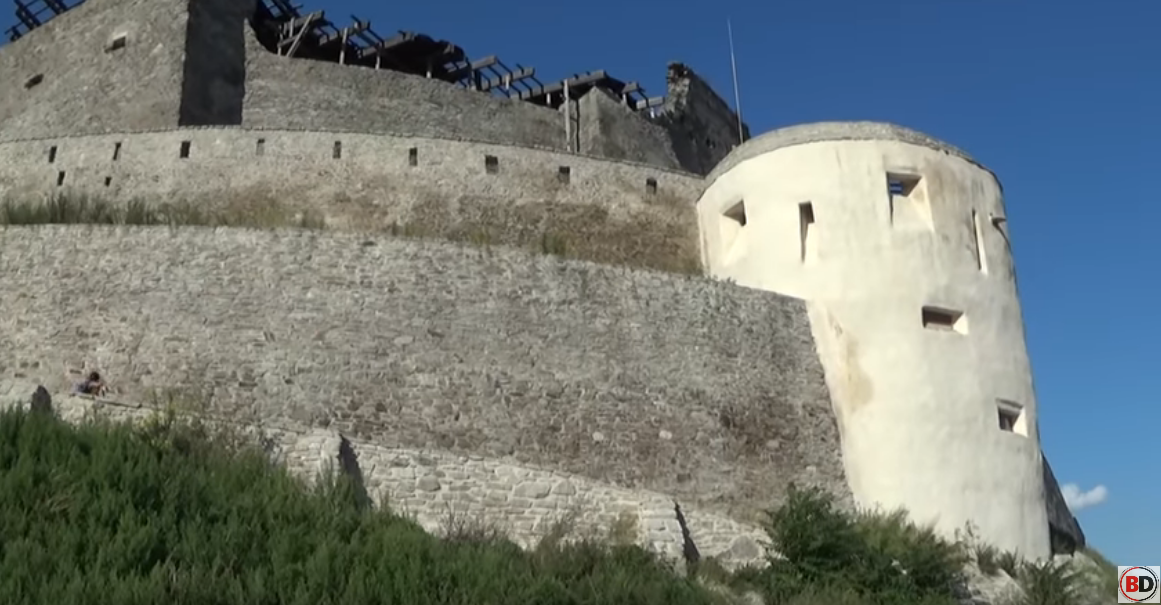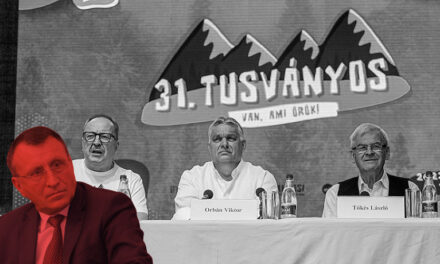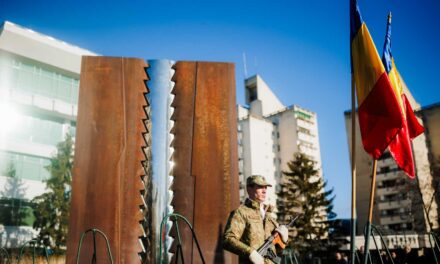It is customary to refer to the multi-ethnic Transylvania as the "Switzerland of the East". The geography and self-government traditions of the region located in the Carpathian bend have many similarities with the Alpine republic, but its ethnic map has been so redrawn in the century since the Trianon Peace Treaty, which led to the land grabbing of historical Hungary, that the Swiss example now seems utopian.
Few people know that - 30 years before the Edict of Nantes - religious tolerance was proclaimed here for the first time in the world in 1568. Of course, peaceful coexistence always had obstacles, like anywhere in Europe. For example, the Austrian emperor, who excelled in suppressing the 1848-49 revolution and war of independence, successfully pitted the ethnic groups of Transylvania against each other, so that national communities with similar fates but different cultures became opposing parties.
The Treaty of Trianon had sad consequences for the Transylvanian Hungarians, primarily due to assimilation. Forced into the minority, the Hungarians began to search for their own way in record time, yet they found it difficult to find themselves, their opportunities for development were very limited. The communist state system following the Second World War sought to consciously integrate various ethnicities, the so-called "homogenization" primarily served this purpose. In the name of industrialization, the ethnic proportions of Transylvanian cities were changed with mass immigration, and the majority of those coming from other historical regions did not understand the spirit and essence of Transylvanianism.
Anyone who walks in Transylvania with open eyes can face the consequences of Trianon. Székelyföld still shows a relatively uniform Hungarian ethnic image, but in Saxony, there are hardly any Saxons even in the index. In the last decades of communism, most of them were sold for a bounty by the Ceausescu regime to the then Federal Republic of Germany. in other counties of Transylvania, especially Southern Transylvania, has accelerated, and we mostly talk about the Hungarians who once lived there in the past tense. Of course, this is not only a consequence of Trianon, but the rapid destruction of the built heritage already occurred in the 20th century.

Magos Deva Castle... (Source: YouTube)
The restrictions due to the coronavirus epidemic encouraged many of us to travel domestically. In Hunyad county, tourists mainly visit the family estate of the great Hungarian Renaissance king, Mátyás Hunyadi, the Vojdahunyad castle. It is a well-maintained monument, just as the neighboring Déva castle was also renovated in an exemplary manner, but the Hungarian-related monuments of the surrounding settlements - medieval or modern churches, noble manor houses, castles - show a deplorable picture. One of the most dramatic Hungarian folk ballads is connected to Déva's castle, in which Kelemen Kőműves, the master builder, with his eleven companions continuously builds the castle walls in vain, they always fall down, and the task can only be completed with a blood sacrifice. This story could also be a symbol of the efforts of the severely diminished Hungarian population in Southern Transylvania.
In the immediate vicinity of the old Orthodox church of one of the villages of Hunyadi, which is now entirely inhabited by Romanians, the ruins of an imposing Hungarian Reformed church stare up into the sky. The kind old caretaker of the beautifully renovated Orthodox church sadly told how the Reformed church was left without a congregation and a priest, and how its huge church, on the organ of which the Hungarian cantor used to play psalms in his childhood, was destroyed. In barely fifty years, the ceiling collapsed, a thick bush took root in the nave, and the helmet of the tower was blown apart by a storm. This is the typical fate of Protestant or Catholic churches in Transylvania without a congregation: once a lock is placed on the main gate, everything becomes the property of the poor, and priceless values are often destroyed.
One could list for a long time what has reached the threshold of final destruction in the last hundred years. Some examples are particularly illustrative. The church fortresses of Saxony are particularly valuable monuments of Transylvania, several of them enjoy world heritage protection, but the 700-year-old tower of the church fortress in Százsveresmart (Rotbav, Rothbach - Brasó county) collapsed a few years ago due to carelessness. A contemporary Transylvanian copy of Giotto's famous Roman Navicella was found at the last moment from the sanctuary of the ruined Saxon Lutheran church in Kiszsolna (Jelna, Senndorf) in the county of Bestzterce-Naszód, the like of which can only be found in Florence, Pistoia and Strasbourg. Despite the tangled ownership and bureaucracy, international cooperation and Hungarian foundation resources now make it possible for professionals to rehabilitate what is left of the fresco. For two decades, the rain washed the valuable medieval frescoes off the walls of the Hungarian Reformed church with a cracked ceiling in Kéménd (Chimindia) in Hunyad County. University students from Cluj saved it from complete destruction, and today the church without a congregation has been beautifully renovated and will soon be included in the circulation of tourism.
The rehabilitation of the Bánffy Castle in Bonchida (Bontida, Bonisbruck), referred to as the Transylvanian Versailles, is similarly spectacular, although quite time-consuming due to limited resources. The estates and castles of the Hungarian aristocracy in Transylvania were nationalized during communism, institutions were moved to the imposing buildings, but hardly any money was spent on them. It has been possible to recover several of them in the past decades, but a significant part of the property has been completely destroyed, and a whole series of castles are in a dilapidated state. It is considered a great professional and community success if one or another building is restored to usable condition.
Tourists traveling in Transylvania have plenty to tell about the human destinies and community dramas associated with each monument in the process of decay. The human aspect of Transylvania's history of the past hundred years can be pieced together mainly from the regrettable stories of the locals. This article is not suitable for developing deeper connections, it only attempts to stimulate thought.
One of the most dramatic works of Transylvanian Hungarian literature of the 20th century, Zoltán Jékely in the Amarosszentimrei church c. his poem, in which he predicts the destruction of a community and a culture parallel to the destruction of the medieval village church. However, when I was there in the spring, archaeologists, carpenters, and masons were busy around the ruined historic building: the symbolic site is being given new life, and this is a positive development for both the majority and minorities.
Róbert Laczkó-Vass
(Header image: Fortress church in Szászveresmart - when the tower still stood. Source: Monitoru Expres)












